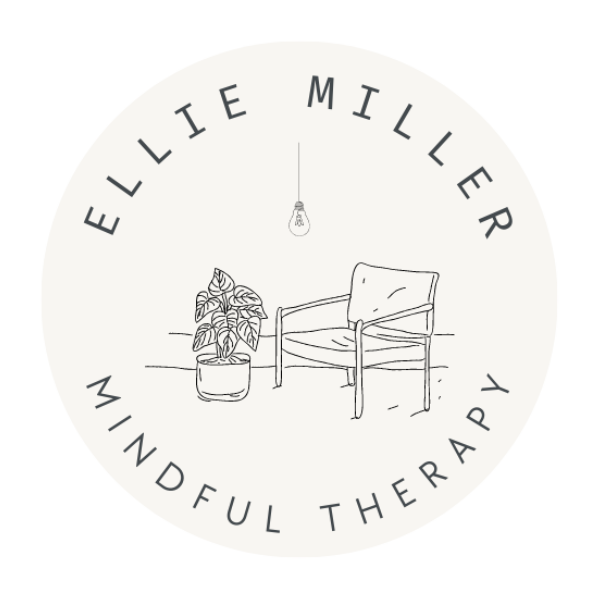Non Violent Communication (NVC) Tool
Move from conflict to connection.
How It Works.
-
scroll down a bit more and click through the tool, it’ll walk you through the 4 steps of NVC.
First, you pick who will be speaker and who will be listener first. The speaker will go through all four steps, the listener will practice reflective listening, then switch roles!
-
1.) Observation: Notice what's happening without adding judgment.
2.) Feelings: Share how you're feeling about what you observed.
3.) Needs: Talk about what you need or value that's causing those feelings.
4.) Request: Ask clearly for what you'd like to happen next.
Ready to Navigate Conversations with Clarity & Compassion?
Nonviolent Communication (NVC) Tool
First, decide who is the listener and who is the speaker.
For the Speaker:
- Speak genuinely, without placing blame.
- Use "I" statements; avoid saying "you always" or "everyone."
For the Listener:
- Listen without interrupting.
- After they finish, recap to show you've understood.
- Don't rush to solutions; prioritize understanding.
Observation
- Tips: State what you observe without evaluation. Be specific about time and context.
- Example: "When I saw the dishes in the sink this morning..."
Feelings
- Tips: Express how you feel about what you observed. Ensure you're talking about genuine feelings and not thoughts disguised as feelings.
- Example: "When I saw the dishes in the sink this morning I felt overwhelmed."
Needs
- Tips: Determine the unmet need triggering your emotion. Address your own needs without casting blame or making judgments about others.
- Example: "My need for a clean environment and shared responsibility wasn't met."
Requests
- Tips: Clearly state what you'd like to request from the other person. Ensure it's a positive, doable, and concrete action.
- Example: "Would you be willing to discuss a system for managing dishes so our kitchen stays tidy?"
Make a clear and actionable request. E.g., "Would you be willing to wash the dishes?"
Great work!
Listener, please reflect back what you heard. Discuss the request, then switch roles.
FREE Non Violent Communication (NVC) Workbook
download
download
Prefer putting pen to paper?
Check out this downloadable workbook.
FAQ
-
NVC, or Nonviolent Communication, is a communication method that focuses on expressing ourselves in a compassionate way. It's about understanding our own feelings and needs and those of others without judgment.
-
NVC was developed by Dr. Marshall Rosenberg in the 1960s. He wanted to find a way for people to communicate more effectively and compassionately.
-
Anyone! NVC is useful for individuals, families, organizations, and even in conflict resolution between groups. Whether it's a simple chat with a friend or a complicated negotiation, NVC can help.
-
NVC promotes understanding and compassion. By using NVC, we can:
-Understand ourselves and others better.
-Resolve conflicts in a peaceful manner.
-Build stronger relationships.
-Express ourselves more clearly and authentically.
-Decrease misunderstandings and misinterpretations.
-
Of course you can! Here it is: nonviolent communication pdf


